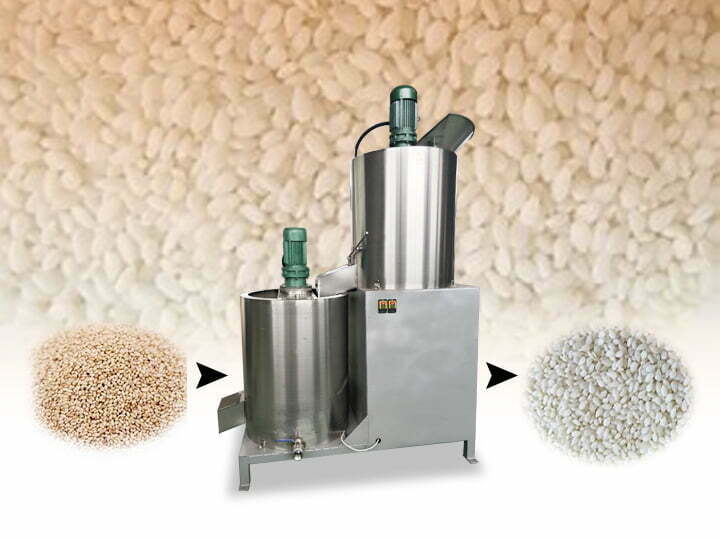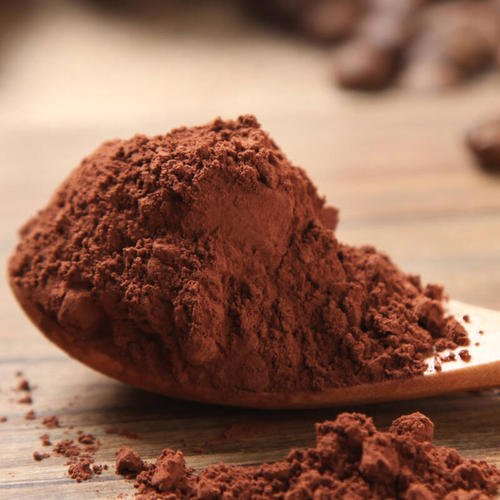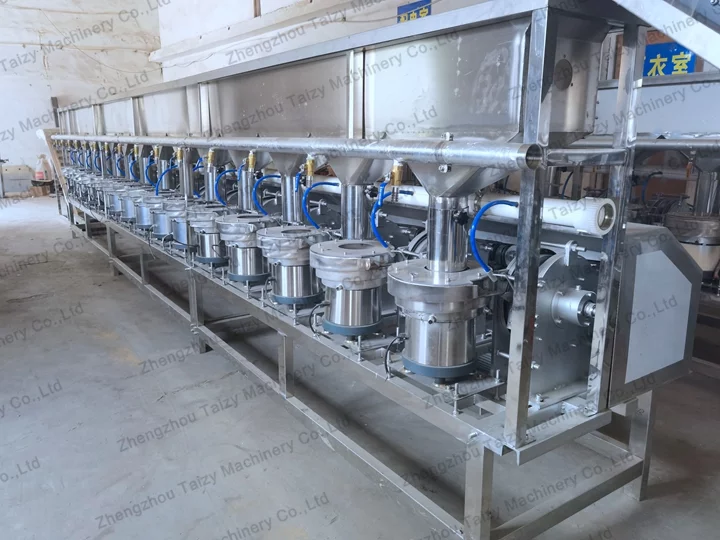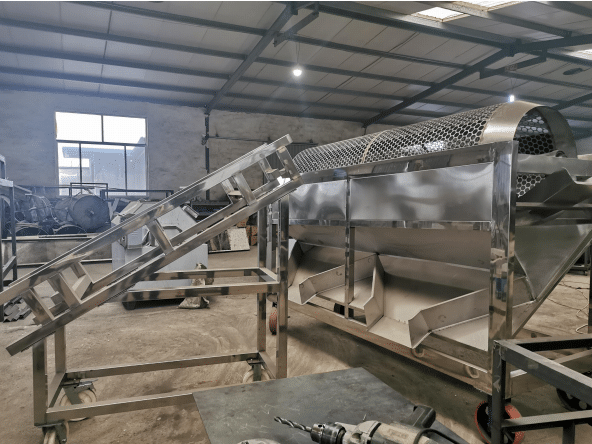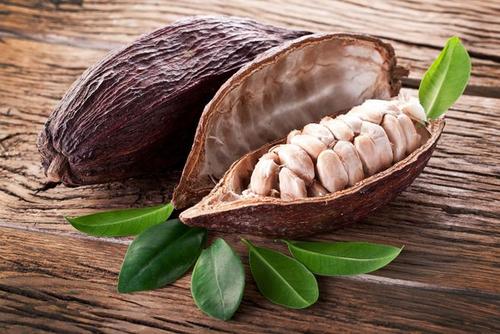Sesame peeling machine plays a crucial role in the food industry, enabling the efficient removal of husks from sesame seeds. However, several factors can impact the peeling efficiency of these machines. Understanding these factors is essential for optimizing the peeling process and achieving high-quality peeled sesame seeds. In this article, we will explore the key factors that influence sesame peeling efficiency and discuss their implications.
Seed Moisture Content
One of the primary factors affecting sesame peeling efficiency is the moisture content of the seeds. Sesame seeds with higher moisture content are generally easier to peel. The moisture softens the husk, allowing it to separate more readily from the seed during the peeling process. Conversely, seeds with low moisture content tend to result in lower peeling efficiency as the husk becomes more resistant to removal.
Machine Settings
The settings of the sesame peeling machine significantly impact its efficiency. Several adjustable parameters affect the peeling process, such as the rotational speed of the peeling drum, the clearance between the drum and the inner surface, and the angle of the drum. Optimizing these settings according to the specific characteristics of the sesame seeds being processed can enhance peeling efficiency. Finding the right balance between the rotational speed, clearance, and angle ensures effective husk removal without excessive damage to the seeds.
Abrasive Material
The choice of abrasive material used in the sesame peeling machine can greatly influence peeling efficiency. Common abrasive materials include emery or silicon carbide. The selection of the appropriate abrasive material depends on factors such as seed hardness, desired peeling quality, and machine specifications. The size and shape of the abrasive particles, as well as their adhesion to the peeling drum, also play a role in determining the effectiveness of the peeling process.
Airflow
Airflow within the sesame peeling machine contributes to the separation of the husk from the seeds. Adequate airflow helps to carry away the detached husk particles, preventing them from reattaching to the seeds and reducing the likelihood of clogging. Optimizing the airflow through proper machine design and adjustment ensures efficient husk removal and minimizes the risk of seed damage or product contamination.
Maintenance Practices
Regular maintenance of the sesame peeling machine is vital for consistent and efficient operation. Over time, the peeling drum can become worn or coated with residual husk, affecting peeling efficiency. Regular cleaning, inspection, and replacement of worn parts are necessary to maintain optimal peeling performance. Additionally, lubrication of moving parts and calibration of machine settings should be carried out to ensure smooth operation and reliable peeling efficiency.
Seed Variety and Quality
The variety and quality of sesame seeds also impact peeling efficiency. Different sesame seed varieties may have varying hardness or husk adhesion properties, which can affect the ease of husk removal. Additionally, the presence of impurities, damaged seeds, or foreign materials within the seed batch can interfere with the peeling process and reduce efficiency. Sorting and selecting high-quality seeds before processing can improve overall peeling efficiency and product quality.
Conclusion
Achieving high peeling efficiency in sesame peeling machines requires careful consideration of various factors. Seed moisture content, machine settings, abrasive material, airflow, maintenance practices, and seed variety all influence the effectiveness of the peeling process. By optimizing these factors, food manufacturers can enhance peeling efficiency, minimize seed damage, and produce high-quality peeled sesame seeds for further processing or consumption. Continual research and development in sesame peeling technology will further contribute to improving efficiency and advancing the industry’s capabilities.

